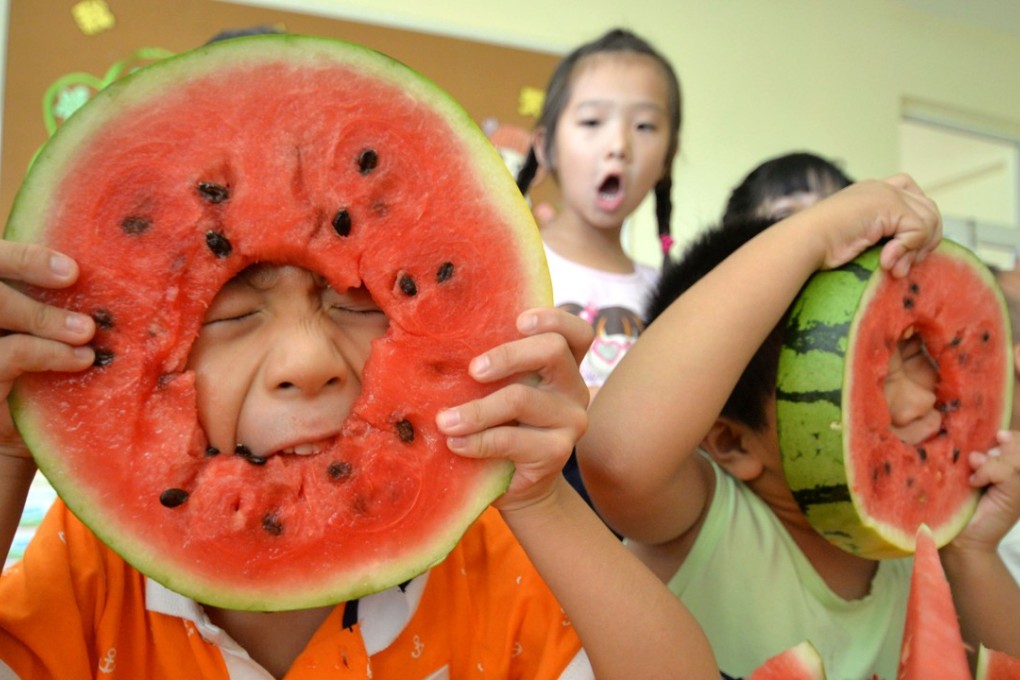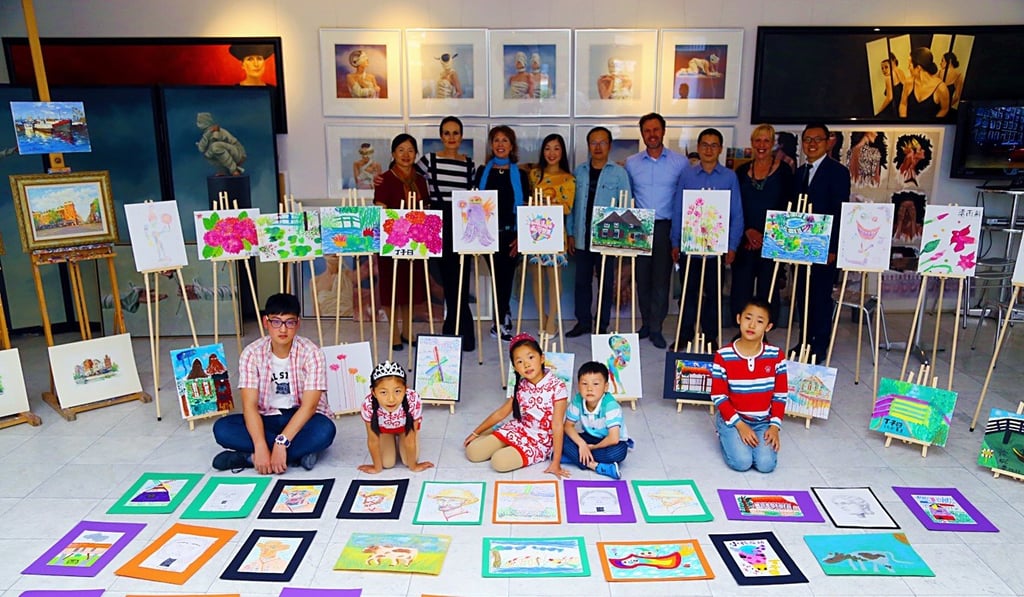Overseas study tours for preschoolers: China’s latest parenting trend
Chinese parents are sending young children abroad to the US and other destinations for kindergarten programmes that can last months

Zhang Feiyu may not even be five years old, but he is getting to learn about the world this year via an activity increasingly being experienced by preschoolers: an overseas study tour.
A few days ago, the Shanghai youngster flew for more than 15 hours with his mother and younger sister to his aunt’s US home in Austin, Texas.
The boy, who is still two months from celebrating his fifth birthday, will attend a local kindergarten in the Texas capital for a couple of months to “broaden his horizons”.
“I want him to go out and see the world… I wonder how he will play with others in an English-speaking environment,” said his mother, Jamie Chen.

Under Chen’s plan, Feiyu will join a kindergarten class near the home of his mother’s sister from August to December, while his mother and her toddler daughter enjoy an exotic holiday.
In a growing trend, one catching on quickly in the US as hundreds of thousands of Chinese students flock to study overseas each year, kids Feiyu’s age are making short-term study tours abroad.